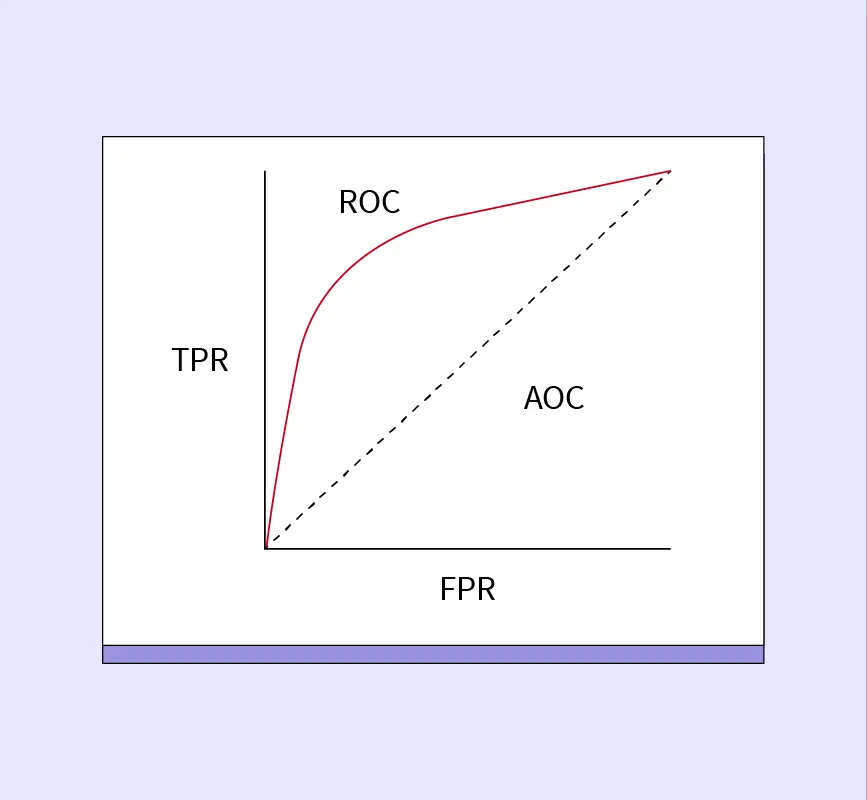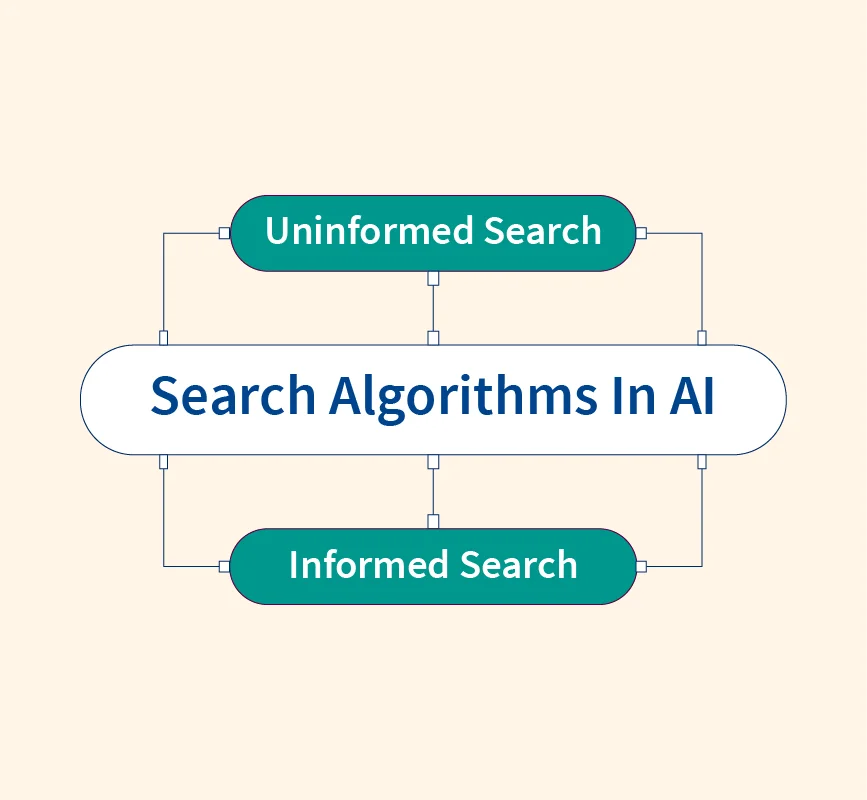In today’s data-driven world, businesses increasingly rely on data analytics to drive decisions, optimize performance, and gain competitive insights. As industries rapidly adopt big data technologies, the demand for skilled data professionals continues to grow. According to the U.S. Bureau of Labor Statistics, jobs in data-related fields are projected to grow by 31% through 2030, making data analytics one of the fastest-growing career paths globally.
Data analytics careers not only offer promising growth but also provide competitive salaries and opportunities for advancement. Whether you’re starting your career or looking to transition, mastering key skills in data analysis can open doors to roles such as data scientist, business analyst, and quantitative analyst.
Let’s dive into the core aspects of building a successful career in data analytics, covering salaries, career prospects, and essential skills to get started.
What is Data Analysis?
Data analytics refers to the process of examining large datasets to uncover patterns, trends, and insights that inform decision-making. It involves using statistical techniques, programming, and tools to process data in a meaningful way. In today’s business landscape, data analytics plays a critical role in shaping strategies, identifying opportunities, and improving efficiency.
Companies across sectors, from finance to healthcare, rely on data analytics to drive growth and innovation. For instance, by leveraging predictive analytics, businesses can anticipate market trends or customer behaviors, improving their ability to make informed decisions. As industries continue to adopt a data-first mindset, professionals skilled in data analytics are increasingly sought after to interpret and transform raw data into actionable insights.
Importance of Data Analytics
- Data-Driven Decision Making: Data analytics empowers companies to base their decisions on concrete evidence rather than intuition, improving business outcomes.
- Operational Efficiency: By identifying inefficiencies, data analytics helps streamline processes and reduce costs.
- Personalization: In industries such as e-commerce, data analytics is used to personalize customer experiences, increasing engagement and sales.
- Competitive Advantage: Organizations that effectively use data analytics gain a significant edge over their competitors.
With a growing emphasis on data, the demand for skilled data analysts continues to rise, making it a lucrative and dynamic career path.
The Role and Responsibilities of Data Analyst
Data analysts play a crucial role in transforming raw data into actionable insights that drive business strategies and decision-making. Their responsibilities span a variety of tasks, from data collection to visualization, making them essential contributors to any organization focused on data-driven success.
Core Responsibilities of a Data Analyst:
- Data Collection and Processing: Data analysts gather data from various sources, including databases, surveys, and external resources. They ensure the data is clean, structured, and ready for analysis.
- Data Interpretation: Using statistical methods, data analysts interpret trends and patterns, providing insights that help businesses understand their performance and customer behavior.
- Reporting and Visualization: Analysts create comprehensive reports and visualizations, often using tools like Tableau, Power BI, or Excel, to present their findings in an easy-to-understand format for stakeholders.
- Collaboration with Teams: Data analysts work closely with teams across departments, such as marketing, finance, and operations, to provide insights that inform critical business decisions.
- Monitoring Data Quality: Ensuring the integrity and accuracy of data is a key responsibility, as even small errors can lead to misinformed decisions.
- Trend Forecasting: By using predictive models, data analysts forecast future trends, helping businesses stay ahead of industry shifts and consumer demands.
Data Analysis Tools and Technologies
Popular Data Analysis Tools
- Microsoft Excel: Excel is a widely used tool for data manipulation and analysis, offering features like pivot tables and formulas. It’s ideal for smaller datasets but still powerful enough to handle complex calculations and reporting tasks.
- SQL (Structured Query Language): SQL is essential for querying and managing relational databases, allowing data analysts to extract and manipulate data efficiently. Its ability to handle large datasets makes it crucial in data analytics.
- Python: Python is a versatile programming language used for data analysis and machine learning, with powerful libraries like pandas and NumPy. It’s widely adopted for statistical analysis, data manipulation, and automation.
- R: R is specifically designed for statistical analysis and data visualization, offering specialized packages for data modeling. It’s highly popular in academic and research settings for complex statistical computations.
- Tableau: Tableau is a leading data visualization tool that allows users to create interactive dashboards. Its drag-and-drop interface and integration with various data sources make it popular for presenting insights clearly.
- Power BI: Power BI is Microsoft’s data visualization platform, known for its ease of use and integration with other Microsoft tools. It’s widely used for building dynamic dashboards and reports for business decision-making.
Cloud-Based Platforms
- Amazon Web Services (AWS): AWS provides cloud-based solutions for scalable data storage and analysis, including services like Amazon Redshift for data warehousing. It’s widely adopted by organizations for handling large datasets.
- Google Cloud Platform (GCP): GCP offers tools like BigQuery for fast and efficient SQL queries on massive datasets, making it ideal for data-heavy businesses. It also supports AI and machine learning services for advanced analytics.
- Microsoft Azure: Azure offers services such as Azure Synapse Analytics for big data processing, with integrated tools for data visualization and AI. Its seamless integration with Microsoft products makes it a popular choice for enterprises.
Top Data Analytics Careers
1. Data Scientist
Job Description:
Data scientists work with large datasets to develop algorithms, predictive models, and statistical analyses that help organizations make informed decisions.
Required Skills:
Proficiency in Python or R, machine learning algorithms, statistical modeling, and data visualization tools like Tableau. Strong background in mathematics or statistics.
Average Salary:
According to Glassdoor, the average salary for data scientists in the U.S. is around 120,000 (Dollars) per year, with senior roles often exceeding 150,000 (Dollars).
Career Prospects:
Excellent, with the U.S. Bureau of Labor Statistics (BLS) projecting a 22% growth in data science roles by 2030 due to increased demand for data-driven decision-making.
2. Business Intelligence (BI) Analyst
Job Description:
BI analysts collect, organize, and analyze data to create reports and dashboards that assist management in making data-driven decisions.
Required Skills:
Experience with SQL, Power BI, Tableau, and Excel. Strong analytical skills and understanding of business processes.
Average Salary:
The average base pay for a BI analyst in the U.S. is approximately 88,600 (Dollars) per year, according to Glassdoor.
Career Prospects:
Strong, with BLS projecting an 11% growth in this field between 2019 and 2029 due to the increasing importance of data in decision-making.
3. Data Engineer
Job Description:
Data engineers design and maintain scalable data architectures and pipelines, ensuring that data flows efficiently across systems.
Required Skills:
Proficiency in SQL, Python, ETL frameworks, and cloud platforms like AWS or Google Cloud. Strong knowledge of data warehousing and big data technologies.
Average Salary:
Data engineers in the U.S. earn an average salary of around 110,000 (Dollars) annually, with more experienced professionals earning upwards of 140,000 (Dollars).
Career Prospects:
Very promising, as companies increasingly invest in building data infrastructure to support big data and analytics projects.
4. Business Analyst
Job Description:
Business analysts work to bridge the gap between data insights and business strategies, ensuring data-driven solutions align with business goals.
Required Skills:
Strong background in business processes, proficiency in data analysis tools such as SQL and Excel, and excellent communication skills.
Average Salary:
Business analysts earn an average of 80,000 (Dollars) annually, with salaries ranging higher depending on experience and industry.
Career Prospects:
High demand as businesses increasingly require professionals who can translate data into actionable business strategies.
5. Marketing Analytics Manager
Job Description:
Marketing analytics managers analyze consumer behavior, campaign performance, and market trends to optimize marketing efforts and ROI.
Required Skills:
Experience with marketing analytics tools, SQL, Excel, and Google Analytics. Strong knowledge of data interpretation in marketing contexts.
Average Salary:
The average salary for a marketing analytics manager is between 90,000 (Dollars) and 120,000 (Dollars) annually, depending on experience.
Career Prospects:
Growing demand as companies leverage data analytics to fine-tune marketing strategies and improve customer engagement.
6. Financial Analyst
Job Description:
Financial analysts evaluate financial data to guide investment decisions, company performance assessments, and strategic planning.
Required Skills:
Proficiency in financial modeling, Excel, and data visualization tools. Strong understanding of economic trends and financial markets.
Average Salary:
The average salary for financial analysts in the U.S. ranges from 85,000 (Dollars) to 110,000 (Dollars) per year.
Career Prospects:
Stable, with continuous demand in sectors such as banking, investment firms, and corporate finance departments.
7. Quantitative Analyst
Job Description:
Quantitative analysts, or “quants,” develop mathematical models to analyze financial markets, assess risks, and support algorithmic trading.
Required Skills:
Advanced mathematics and programming skills, especially in Python or C++, and knowledge of financial markets.
Average Salary:
Quantitative analysts often command salaries ranging from 120,000 (Dollars) to 180,000 (Dollars) annually.
Career Prospects:
High demand in the finance industry, particularly in hedge funds, investment banks, and trading firms.
8. Risk Analyst
Job Description:
Risk analysts identify and assess potential risks to an organization’s financial health, providing mitigation strategies to reduce exposure.
Required Skills:
Strong analytical skills, familiarity with risk management software, and a good understanding of financial markets.
Average Salary:
Risk analysts typically earn between 75,000 (Dollars) and 110,000 (Dollars) per year.
Career Prospects:
Growing demand, particularly in sectors like banking, insurance, and regulatory compliance.
9. Data Governance Analyst
Job Description:
Data governance analysts ensure that data management practices comply with regulations and maintain data integrity across the organization.
Required Skills:
Knowledge of data governance frameworks, data security practices, and familiarity with regulatory standards like GDPR.
Average Salary:
The average salary for data governance analysts is between 80,000 (Dollars) and 100,000 (Dollars) annually.
Career Prospects:
Increasingly important as data privacy regulations tighten globally, driving demand for governance professionals.
10. Data Visualization Engineer
Job Description:
Data visualization engineers design and develop tools to make complex data accessible and understandable through interactive charts and dashboards.
Required Skills:
Proficiency in tools like Tableau, Power BI, and JavaScript libraries like D3.js. Strong understanding of UX/UI design principles.
Average Salary:
Data visualization engineers earn between 85,000 (Dollars) and 120,000 (Dollars) annually.
Career Prospects:
Rising demand as more businesses look to make data-driven insights easily accessible to non-technical stakeholders.
Becoming a Data Analyst
A career as a data analyst is both rewarding and in high demand, but it requires a strong foundation in various technical and analytical skills. Below is a roadmap to help you get started on your path to becoming a successful data analyst.
Education and Certifications Needed
- Degree Requirements: Most data analyst positions require at least a bachelor’s degree in fields like data science, computer science, statistics, or a related discipline. Some employers may prefer candidates with a master’s degree, especially for more advanced roles.
- Certifications: While not always required, certifications can enhance your credentials and make you more competitive. Some of the most recognized certifications for data analysts include:
- Certified Data Analyst (CDA): Aimed at developing fundamental data analysis skills.
- Microsoft Certified: Data Analyst Associate: Focuses on using Power BI to process and visualize data.
- Google Data Analytics Professional Certificate: A comprehensive program designed for beginners.
Essential Skills Needed
1. Technical Skills:
- Programming Languages: Proficiency in Python or R is essential for data manipulation and analysis.
- Data Visualization: Experience with tools like Tableau, Power BI, or Excel to create meaningful visual representations of data.
- Statistics and Probability: A solid understanding of statistical techniques and probability theory is vital to make accurate inferences from data.
- SQL: Knowledge of SQL for querying databases is a core skill for extracting data from relational databases.
2. Soft Skills:
- Problem-Solving: The ability to identify patterns and trends to solve complex business problems.
- Communication: Clear communication of insights to both technical and non-technical stakeholders is crucial.
- Critical Thinking: The capacity to evaluate data objectively and make informed decisions.
Building Your Portfolio
A strong portfolio demonstrates your practical skills and sets you apart from other candidates. Here’s how to build one:
- Projects: Work on real-world data sets to showcase your data wrangling, analysis, and visualization abilities.
- Case Studies: Document your analysis process from start to finish, highlighting how you solved specific business problems.
- Open-Source Contributions: Participating in data science projects on platforms like GitHub can help demonstrate your coding skills.
Conclusion
A career in data analytics offers numerous opportunities for growth, competitive salaries, and the chance to make a meaningful impact on business decisions. As organizations continue to embrace data-driven strategies, the demand for skilled professionals in this field will only increase. Whether you’re just starting your career or looking to transition, mastering key tools and technologies, building a strong portfolio, and staying ahead of emerging trends will set you up for success.
Data analytics not only provides the foundation for roles like data scientist, business intelligence analyst, and data engineer but also offers pathways to leadership positions such as analytics manager or even chief data officer. As businesses across all industries look to leverage the power of big data, those with expertise in data analytics will be well-positioned for a rewarding and dynamic career.
If you’re ready to take the next step, consider exploring relevant certifications, building your skill set, and starting with small projects to showcase your capabilities. The data analytics field is rapidly growing, and the opportunities are endless for those equipped with the right knowledge and skills.


